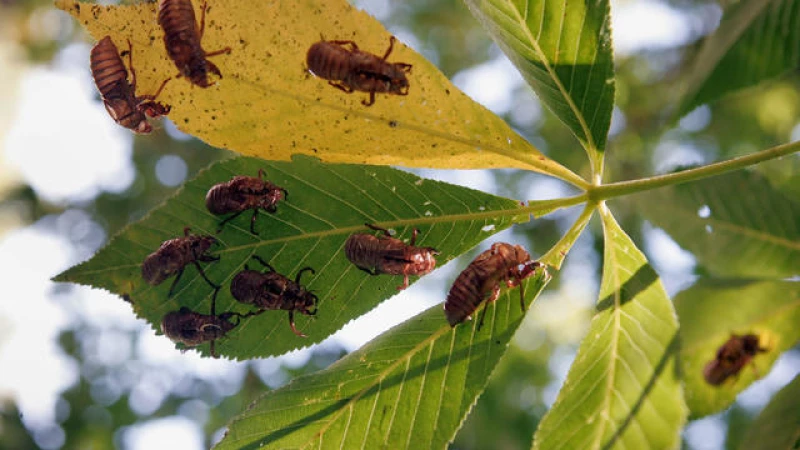Screaming Cicadas Set to Make Rare Simultaneous Appearance
Get ready for an extraordinary spring emergence as screaming, flying cicadas are about to make a reappearance. But this won't be your average cicada event. For the first time since the Louisiana Purchase in 1803, two broods of cicadas – XIX and XIII – will simultaneously emerge from the ground after more than a decade of feeding and undergo their transformation into adults.
Periodical cicadas consist of seven species, with three appearing every 17 years and four appearing every 13 years. These species form smaller groups called broods, which spend their duration underground, feasting and growing before emerging as adults.
While encountering cicadas in the spring is not uncommon, this year will bring something truly unique. According to Cicada Safari, a cicada tracking site, two broods with different life cycles – one with a 17-year span and the other with a 13-year span – will emerge simultaneously. This event marks the first time since 1803, during Thomas Jefferson's presidency and the Louisiana Purchase, that Broods XIII and XIX will be witnessed together.
Cicada Season: When and Where to Expect the Emergence
Cicada season's telltale sign is the noise – the males produce loud buzzing sounds that are primarily used to attract mates.
When will the cicadas emerge?
According to experts, people can expect to see this year's broods in late April and early May. The insects come out of the ground when the soil eight inches below the surface reaches a certain temperature, usually around 64 degrees Fahrenheit.
"A nice, warm rain will often trigger an emergence," experts say.
What cicada broods will be seen this year – and where?
This year's broods are XIII and XIX. Brood XIII, which was last seen in 2007, is expected to be seen in Iowa, Wisconsin, and potentially Michigan. Brood XIX, which was last seen in 2011, is expected to emerge in Alabama, Arkansas, Georgia, Kentucky, Louisiana, Missouri, Mississippi, North Carolina, Oklahoma, South Carolina, Tennessee, and Virginia.
At least two states – Illinois and Indiana – are expected to see both broods.







